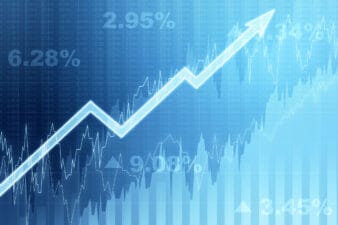Weeks before the final leg of the Canada Emergency Response Benefit (CERB), Canadian Employment Minister Carla Qualtrough was announcing the transition of CERB recipients to the much-improved Employment Insurance (EI) system. Despite the expanded EI eligibility criteria, millions more feared being left behind.
However, the federal government created three new benefits, including the Canada Recovery Benefit (CRB), for Canadians who don’t qualify for EI. The Trudeau administration is ensuring that all Canadians affected by COVID-19 will have income support in post-CERB.
The Canada Revenue Agency (CRA) clarifies that CERB is over until a recipient receive 28 weeks of benefits or on October 3, 2020, whichever comes first. Canada Also, the last four-week period for CERB was August 30, 2020 to September 26, 2020. You can still apply for CERB retroactively through the tax agency.
$13,000 CRB maximum
The CRA will administer CRB like it did with CERB. Former CERB recipients who applied with the CRA are transitioning to the EI. About one million, more or less, will not be eligible for EI. Hence, if you’re out of work or looking for work, you could be eligible for CRB.
CRB claimants will receive $1,000 in two-week periods (still $500 per week), but is subject to a 10% tax. The CRA will deduct the tax so you will receive a net amount of $900 for a particular eligibility period. There will be 13 eligibility periods (26 weeks total) within the period from September 27, 2020 to September 25, 2021.
You can qualify for CRB if you don’t have employment or self-employment income or experienced at least a 50% drop in income due to COVID-19. The CRA will reject your CRB application if you quit your job voluntarily after September 27, 2020. The tax agency also assumes that you’re available to work and will not refuse a reasonable job offer.
Dividend stalwart
Earning passive income in the pandemic is possible through established income providers. If you have cash to spare for investment, the Bank of Montreal (TSX:BMO)(NYSE:BMO) is the hands-down choice. The fourth-largest bank in Canada is the pioneer in dividend payments.
BMO’s 191-year dividend track is insane to the say the least. This bank has withstood the severest recession and worst cyclical market downtrends. The stock is trading at a 13% discount ($84.09 per share), although it has risen by 54% from its COVID-low of $ 54.66 on March 23, 2020.
The current dividend yield is 5.13%, while the payout ratio is 60.49%. Purchase $75,000 worth of BMO shares and you can generate $3,847.50 in passive income. A retiree with $468,000 investment is earning the $2,000 per month or the CRB equivalent. Analyst forecast the stock price to climb by 13% to $95 in the next 12 months.
No stoppage
Based on BMO’s Canadian Business Activity Index, Canada’s economic recovery is progressing well given the improving business activities. However, the momentum is starting to fade in September, so it could be tougher in the months ahead.
CRB came out when CERB ended. Stopping income support at this crucial point of recovery could weaken businesses and accelerate job losses if Canadians have less money to spend. Hopefully, CRB would be as successful as CERB.
 2-for1 Sale
2-for1 Sale







